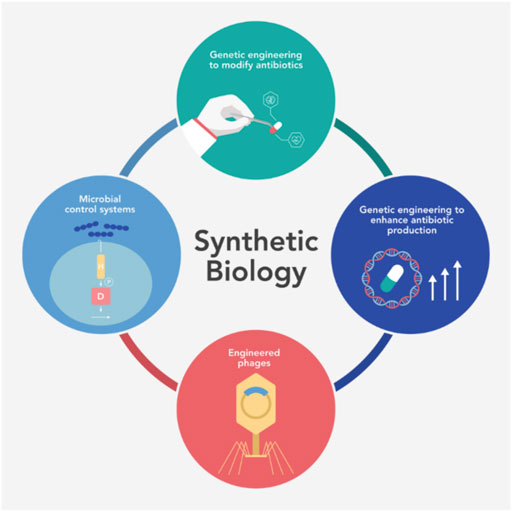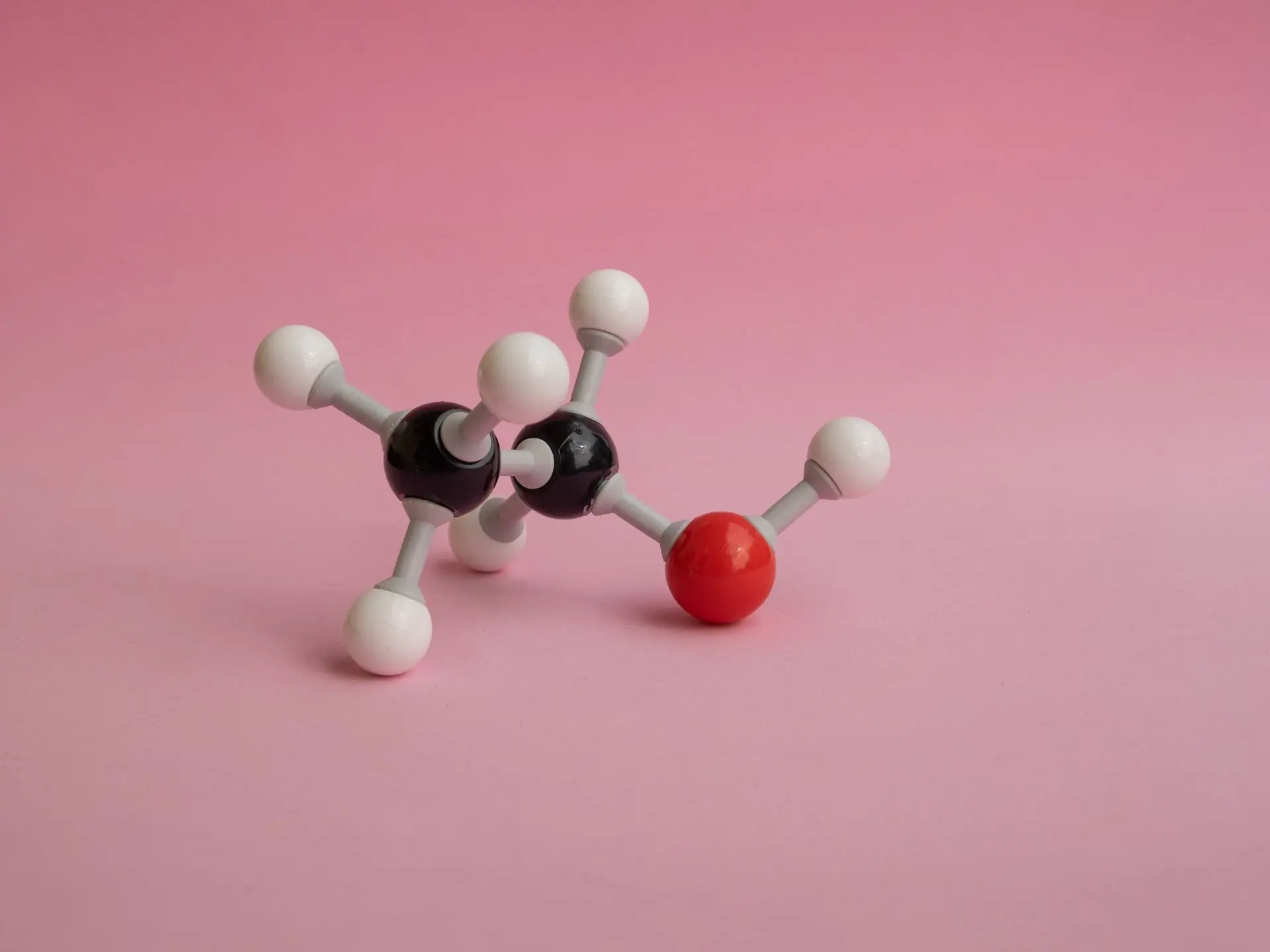Restriction enzymes
Our restriction enzymes (also known as restriction endonucleases) are essential molecular biology tools for DNA digestion, cloning, and genetic analysis. Each enzyme is produced with high purity and tested for specificity, activity, and stability to guarantee consistent results in research and diagnostic applications. These enzymes recognize defined DNA sequences and cut precisely, enabling accurate DNA fragment analysis, plasmid preparation, and cloning workflows.
- High activity and specificity for precise DNA cleavage
- Wide range of recognition sites for versatile applications
- Quality-controlled production ensuring reproducibility
- Compatible with standard molecular biology protocols
- Available in different unit sizes for lab flexibility
Restriction Enzymes: Essential Tools in Molecular Biology and DNA Research
Introduction
Restriction enzymes, also known as restriction endonucleases, are fundamental tools in molecular biology, biotechnology, and genomics research. These specialized proteins recognize and cut DNA at specific sequences, making them invaluable for cloning, genetic engineering, diagnostics, and synthetic biology. Since their discovery in the 1970s, restriction enzymes have revolutionized DNA manipulation and genome research, paving the way for modern biotechnology and recombinant DNA technology.
What Are Restriction Enzymes?
Restriction enzymes are proteins originally found in bacteria and archaea, where they serve as part of the natural defense system against invading viruses (bacteriophages). These enzymes recognize short DNA sequences, called recognition sites, and cleave the DNA precisely at or near these sequences.

Key Features of Restriction Enzymes
- Sequence-specific DNA cleavage
- Ability to create blunt ends or sticky ends
- Essential for DNA cloning, mapping, and modification
- Compatible with multiple laboratory workflows
Types of Restriction Enzymes
Restriction endonucleases are categorized based on their structure and cutting mechanism:
- Type I – Complex enzymes with both restriction and methylation activity, but less commonly used in the lab.
- Type II – The most widely used in molecular biology; cut DNA at or near their recognition sequences. Examples: EcoRI, HindIII, BamHI.
- Type III – Require ATP and cut DNA at a short distance from the recognition site.
Among these, Type II restriction enzymes are the backbone of DNA cloning and genetic engineering due to their precision and simplicity.

Applications of Restriction Enzymes in Molecular Biology
1. DNA Cloning and Recombinant Technology
- Restriction enzymes allow scientists to cut DNA fragments and insert them into plasmid vectors, enabling the creation of recombinant DNA for gene expression and protein production.

2. Genetic Engineering and Synthetic Biology
- They are essential for constructing engineered organisms, designing synthetic genes, and modifying genomes for research, agriculture, and medicine.

3. Molecular Diagnostics
- Restriction enzymes are used in RFLP (Restriction Fragment Length Polymorphism) analysis, helping detect genetic variations, mutations, and pathogens.

4. Genome Mapping
- By generating specific DNA fragments, restriction enzymes aid in constructing genetic maps and studying DNA structure.

5. Next-Generation Sequencing (NGS) and Genomics
- They are widely applied in library preparation, DNA fragmentation, and target enrichment workflows.
Examples of Popular Restriction Enzymes
- EcoRI – Recognizes GAATTC and creates sticky ends.
- HindIII – Recognizes AAGCTT, widely used in cloning.
- BamHI – Recognizes GGATCC, producing cohesive ends.
- NotI & XhoI – Useful for advanced cloning strategies requiring rare cutting.
Advantages of Using Restriction Enzymes
- High specificity in cutting DNA
- Reliable and reproducible results in laboratory workflows
- Versatility across cloning, sequencing, and diagnostics
- Compatibility with other enzymes (ligases, polymerases, etc.) for advanced DNA manipulation
Conclusion
Restriction enzymes remain at the heart of molecular biology and biotechnology. From enabling the first recombinant DNA experiments to supporting modern genome editing, diagnostics, and synthetic biology, these enzymes are indispensable tools in life sciences research.
Whether for cloning, NGS library construction, or molecular diagnostics, restriction endonucleases provide precision, efficiency, and reliability, making them essential for scientists advancing genetic and genomic discoveries.
